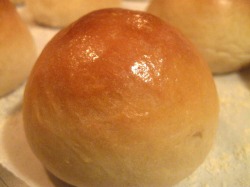
For me soft rolls also remind me of my baking classes in culinary school. We made rolls every class to serve in the dining room with the dinner the food prep students made. Just like a real restaurant one or two people would make a huge batch of dough and when it was ready to be rolled we would all gather round and talk while we shaped the rolls. It was a good way to get to know each other as we worked our way through the dough. At home it's a good way to get your kids into the kitchen and talking to you.
A lot of people are intimidated by bread baking. Unlike most baking it's not exact and precise. Ask any food professional what the difference is between a hot food chef and a baker and they will tell you that a baker is extremely precise. In a lot of ways baking is like chemistry. Every ingredient in your recipe is there in a specific amount to create a chemical reaction. Baking recipes are "balanced". Bread recipes, however, are not. A lot of bread baking is done by feel. That can be intimidating. But, if you practice you will eventually develop the feel for the bread and you will find yourself looking forward to making bread. It's a very sensuous experience.
A few key points to follow when bread making: proof your yeast in 110 F water. Water that is much hotter than that will kill the yeast. Remember, yeast is alive. Water much cooler won't sufficiently wake up the yeast. You will still be able to make bread, but it will take quite a bit longer as the yeast will be slow and lazy. Take the time to proof the yeast, even if your recipe doesn't specifically call for you to do so. As I said, yeast is alive, and if your yeast has been sitting around for a while it may have died. You don't want to go through the whole process of preparing the bread dough (or waste all the ingredients) only to discover that your bread didn't rise because the yeast was dead.
Another important concept is the use of salt. Salt is necessary in bread making because it's a flavor enhancer, but it also inhibits the growth of the yeast. Without it your dough would rise like crazy. Dough that's over-risen doesn't just give you multiple loaves, it gives you multiple loaves of bad tasting bread. But, be careful with the salt. If you dump it directly onto the yeast you run the risk of killing it off. Instead, mix in some of the flour with the yeast before you add your salt.
After your dough has risen the first thing you want to do is "punch" it down. On television you often seen a very comedic scene where the character is literally punching the dough. This isn't what you want to do. Bread dough is a living thing, and like all living things, should be treated gently. What you really want to do is gently work the big pockets of air out of the dough that have formed during the rising. You're also redistributing the gases and evening out the temperature of the dough. Stick your fingers in the dough before you punch it down and you will feel that it's warm.
When you've finished punching down the dough divide it into more manageable sizes and roll into rounds (boules) and let it rest, under plastic, on your work table. This allows the strands of protein (gluten) to relax. If you don't allow the proteins to relax your dough will be stiff and hard to work with and will tend to bounce back from whatever shape you're trying to make.
After it's relaxed you can begin shaping it. In this particular recipe I was doing a few things. I wanted to make some cinnamon bread to have for breakfast, and I wanted to make some garlic bread to have with our dinner. I also wanted to make some soft rolls to have with our Thanksgiving turkey. As you can see, the soft roll dough is extremely versatile. I very rarely bake bread in a loaf pan and prefer a more free form loaf, but you can do whatever you prefer. Depending on what type of bread you're making you will dust your pan with flour or cornmeal, or butter it if it's a loaf pan.
You can also put a wash on the top of your bread. You can use a variety of washes. You can paint the top with milk to get a golden brown top, or you can paint it with an egg wash (an egg mixed with a little water) for a shiny golden brown finish. You can use water, or nothing at all. You can also top the rolls with a variety of seeds (like poppy or sesame) or with cinnamon sugar, pretty much anything that sounds good to you. It's an easy way to make one dough but end up with a variety of finished rolls for an interesting bread basket.
After you've shaped your bread allow it to rest again. If you don't allow for this resting period the bread will shrink when you put it into the oven. After it's done resting put the bread into a hot 400 F oven and bake. How long the bread takes to finish will depend on whether you're making small rolls or large loaves. The way to test the bread for doneness is to wait for it to be a nice golden color and for it to be fairly sturdy. Gently flip the bread over (be careful because it will be hot) and thump the bottom side. If the thumping makes a hollow sound the bread is done. If it sounds dull then the bread needs more time.
When the bread is finished baking you can use it right away or you can freeze it and use it later. If you do decide to freeze it do not wrap it until it's completely cool. If you wrap it before it's cool the heat from the bread will create steam in the wrapping and make your bread soggy. It's best to leave the wrapped bread out on the counter or freeze it, but don't stick it in the refrigerator. Refrigeration actually speeds up staling and your bread won't last as long. But, remember, if you do end up with stale loaves you can always make french toast (pain perdu)!
yield: 5 lbs raw dough
- 24 oz (720 g) Water, 110 F
- 1 1/2 oz (44 g) Yeast
- 1 lb 10 oz (1250 g) Bread Flour
- 4 t (24 g) Salt
- 4 oz (120 g) Sugar
- 2 oz (60 g) Powdered Milk
- 2 oz (60 g) Shortening
- 2 oz (60 g) Butter
- proof the yeast in the warm water
- while the yeast is proofing, scale half of the bread flour, the salt, sugar, powdered milk, shortening and butter into a bowl
- combine the scaled ingredients with the proofed yeast and begin mixing with a dough hook
- slowly begin adding the remaining bread flour, adding only as much as necessary (and sometime you may need more)
- mix for approximately 10-12 mins on low
- loosely cover the bowl with plastic and rise in the bowl until doubled in size (approximately 60-90 mins)
- after the dough has risen punch down the dough and shape into four rounds (or boules) and allow to rest on the work table for approximately 10 mins
- after resting, shape the bread into loaves or divide them into rolls and all put on a flour or cornmeal dusted pan; allow to rest again for 10 mins
- bake in a 400 F oven until the underside of the bread sounds hollow when thumped; an exact time cannot be given because it will depend on what size loaf or roll you're baking
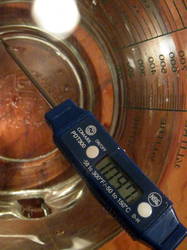
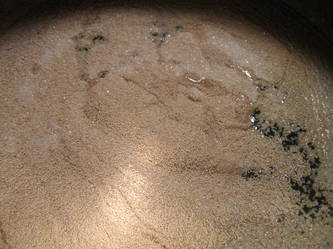
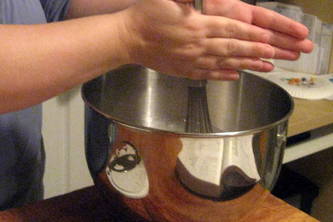
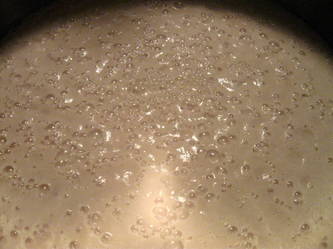
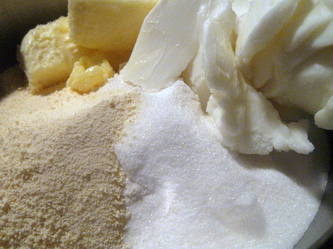
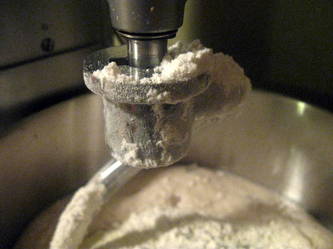
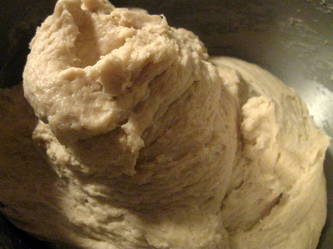
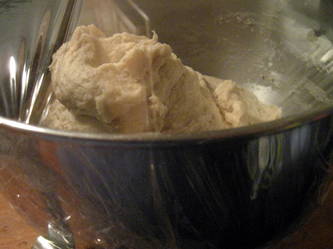
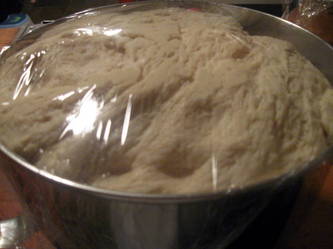
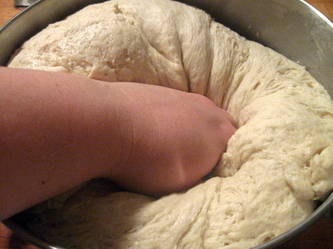
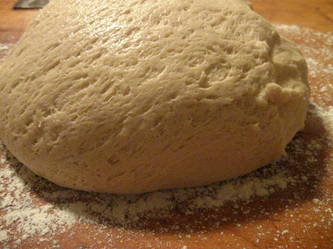
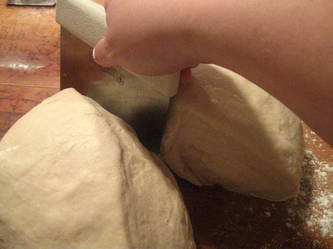
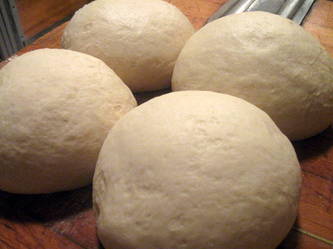
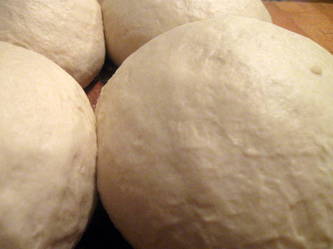
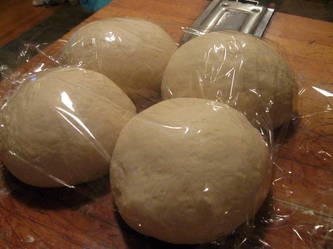
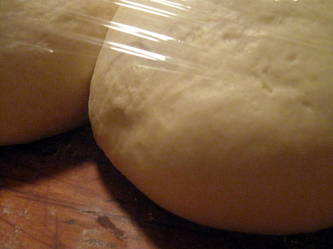
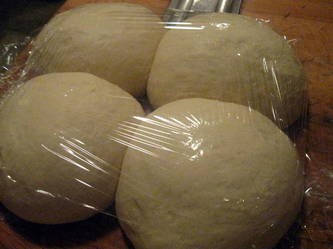
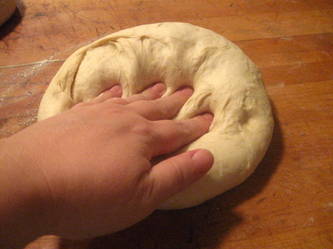
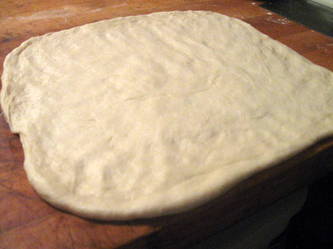
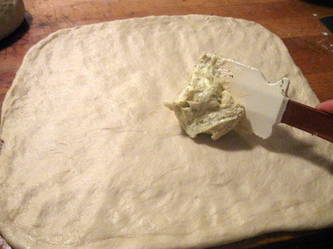
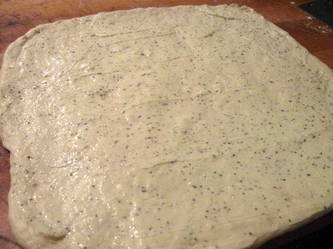
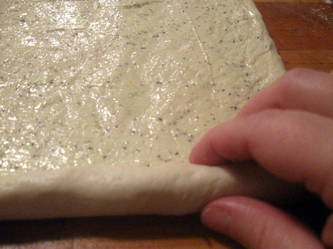
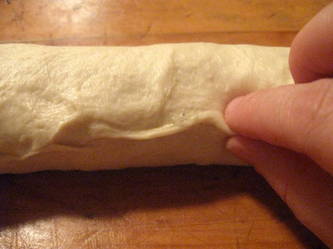
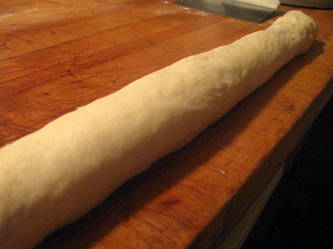
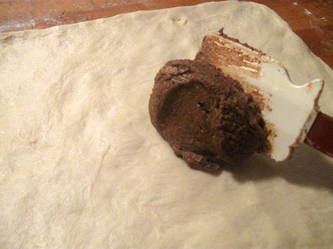
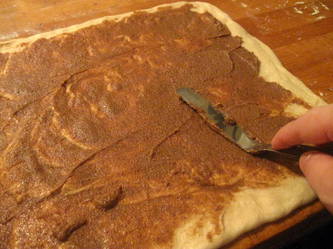
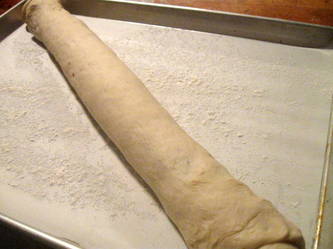
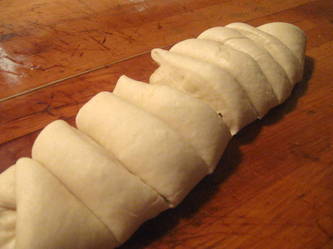
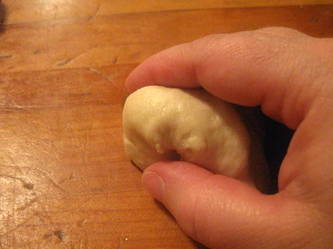
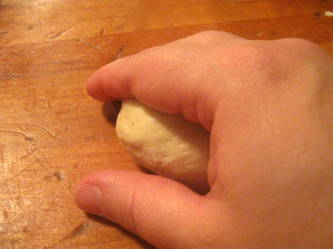
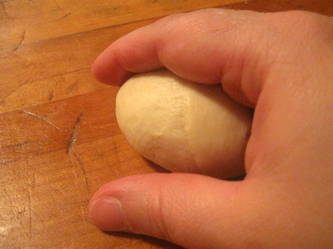
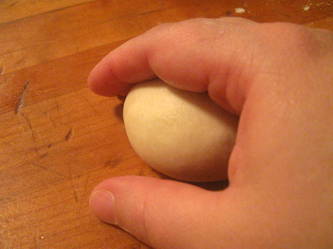
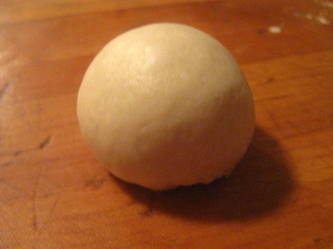
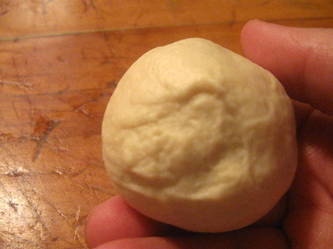
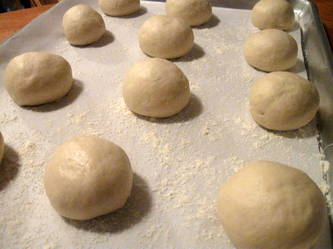
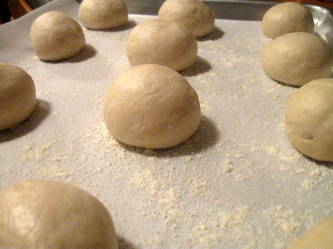
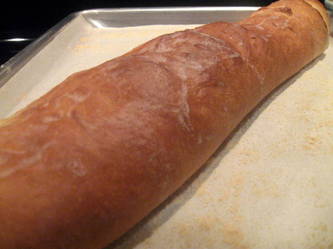
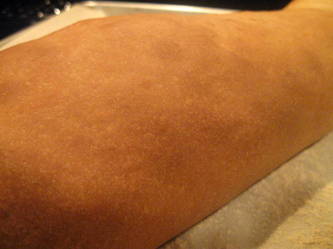
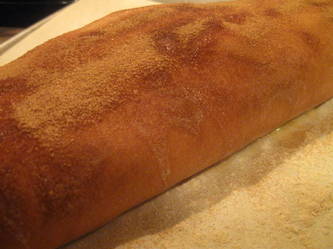
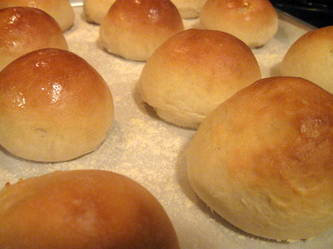
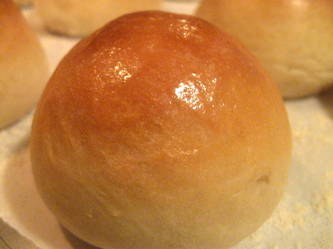

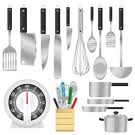
 RSS Feed
RSS Feed
